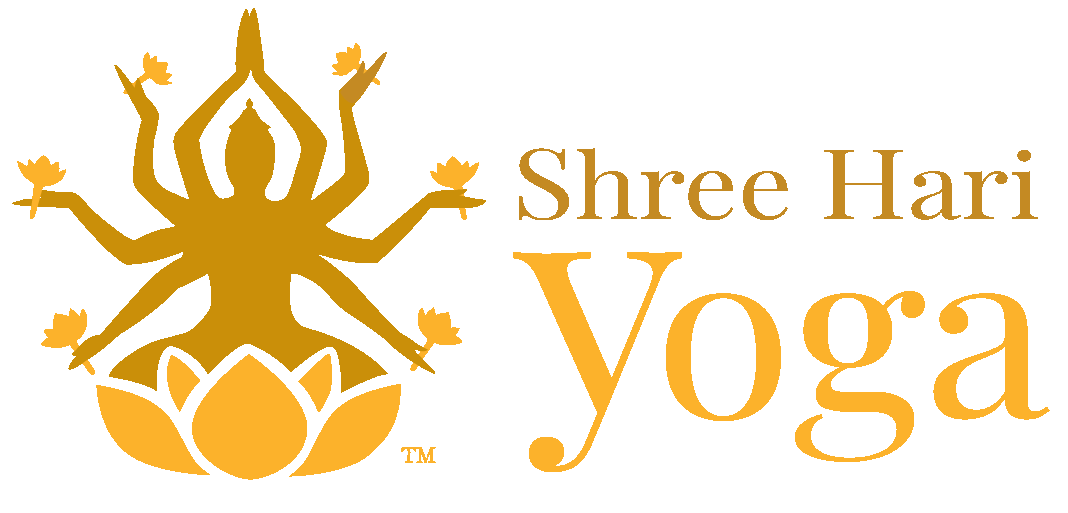HUMMING BEE BREATH: REJUVENATE YOUR SENSES WITH IT

Bhramari Pranayama is an ancient yogic breathing technique practiced for thousands of years in India. It is believed to have been developed by the ancient sages and yogis to calm the mind and promote inner peace and tranquility. The technique is mentioned in several ancient texts, including the Hatha Yoga Pradipika and the Gheranda Samhita, two of the most important texts on yoga and meditation. The word ‘Bhramari’ comes from the Sanskrit word ‘Bhramar’, which means ‘bee’. The practice is named after the humming sound made during the practice, which resembles the sound of a bee. Bhramari Pranayama is still widely practiced today and is a popular technique for reducing stress and anxiety, improving concentration, and promoting overall well-being.
BENEFITS OF BHRAMARI PRANAYAM:
- Reduces stress and anxiety: Bhramari Pranayama has a calming effect on the mind and nervous system, that can help reduce stress and anxiety levels. This makes it an effective practice for those who suffer from anxiety, depression, or other mental health conditions.
- Promotes relaxation: The humming sound created during Bhramari Pranayama can help to calm the mind and promote feelings of peace and relaxation. This can be especially useful for those with trouble sleeping or insomnia.
- Improves concentration: The focus required to produce the humming sound during Bhramari Pranayama can help to improve concentration and focus, making it an excellent practice for students, professionals, and anyone who needs to stay mentally alert.
- Reduces blood pressure: Bhramari Pranayama is believed to regulate blood pressure, which can help promote cardiovascular health.
- Relieves headaches and migraines: The vibrations created during the practice can help to relieve tension in the head and neck, which may help to alleviate headaches and migraines.
- Improves respiratory function: Bhramari Pranayama can help to improve respiratory function by increasing lung capacity and oxygenation of the blood. This can be especially beneficial for people with respiratory conditions such as asthma.
- Boosts immunity: The vibrations created during the practice can help to stimulate the production of nitric oxide, which is believed to have immune-boosting effects.
- Enhances mood: Bhramari Pranayama is known to stimulate production of dopamine and serotonin, associated with happiness and well-being.
STEPS FOR BHRAMARI PRANAYAM:
- Sit comfortably in a cross-legged position or on a chair with your spine erect and your eyes closed.
- Place your hands on your knees or lap with your palms facing up.
- Take a few deep breaths and relax your body.
- Close your eyes and bring your attention to the breath.
- Inhale deeply through the nose and exhale slowly, making a long, deep humming sound like a bee. Keep your mouth closed and your tongue pressed against the roof of your mouth.
- Focus on the humming sound and feel the vibration in your throat.
- After you have exhaled completely, inhale deeply and repeat the process.
- Practice Bhramari Pranayama for 5-10 minutes, gradually increasing the duration of the practice over time.
- After you finish, take a few deep breaths and sit quietly for a few moments to enjoy the benefits of the practice.
CONTRAINDICATIONS:
- Avoid practicing Bhramari Pranayama if you have recently undergone ear surgery or have an ear infection.
- If you suffer from severe or chronic sinusitis, it is best to avoid Bhramari Pranayama as it may exacerbate your symptoms.
- If you have high blood pressure, it is essential to practice Bhramari Pranayama under the guidance of a qualified yoga teacher and to avoid holding your breath for too long.
- If you have a history of epilepsy, it is important to avoid Bhramari Pranayama as it may trigger a seizure.
- If you feel dizzy, lightheaded, or experience any discomfort during the practice, stop immediately and consult a doctor before continuing.
FAQ:
- What does the word ‘Bhramari’ mean in Bhramari Pranayama?
The word ‘Bhramari’ comes from the Sanskrit word ‘Bhramar’, which means ‘bee’. This pranayama technique is named after the humming sound made during practice, which resembles the sound of a bee.
- Can beginners practice Bhramari Pranayama?
Yes, Bhramari Pranayama can be practiced by beginners. It is a simple and gentle breathing technique suitable for people from all ages and fitness levels.
- When is the best time to practice Bhramari Pranayama?
Bhramari Pranayama can be practiced at any time, but it is best to practice it in the morning or evening on an empty stomach. This will allow you to experience the full benefits of the practice.
- Can Bhramari Pranayama help with sleep problems?
Yes, Bhramari Pranayama can be helpful for people who have trouble sleeping or have insomnia. The humming sound produced during the practice can help calm the mind and promote relaxation, making it easier to fall asleep.
- Is Bhramari Pranayama safe for everyone to practice?
Bhramari Pranayama is generally safe for most people to practice. Still, it is important to consult a doctor before beginning any new exercise or breathing routine, especially if you have pre-existing medical conditions.
- Can Bhramari Pranayama be practiced during pregnancy?
Yes, Bhramari Pranayama can be practiced during pregnancy, but it is essential to consult a doctor before beginning any new exercise or breathing routine. It is also important to practice under the guidance of an experienced yoga teacher who has experience working with pregnant women.
- What is the duration of a typical Bhramari Pranayama practice?
A typical Bhramari Pranayama practice can last between 5-15 minutes, depending on your experience level and comfort with the technique. It is important to start with shorter sessions and gradually increase the duration.
